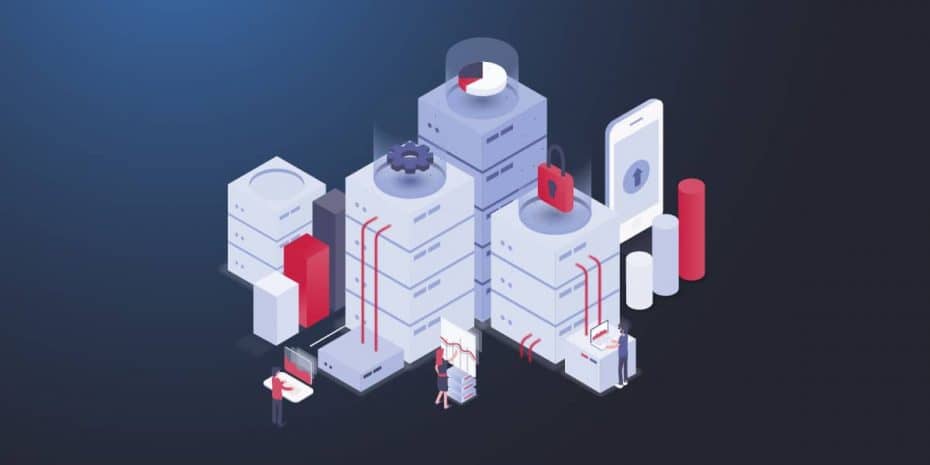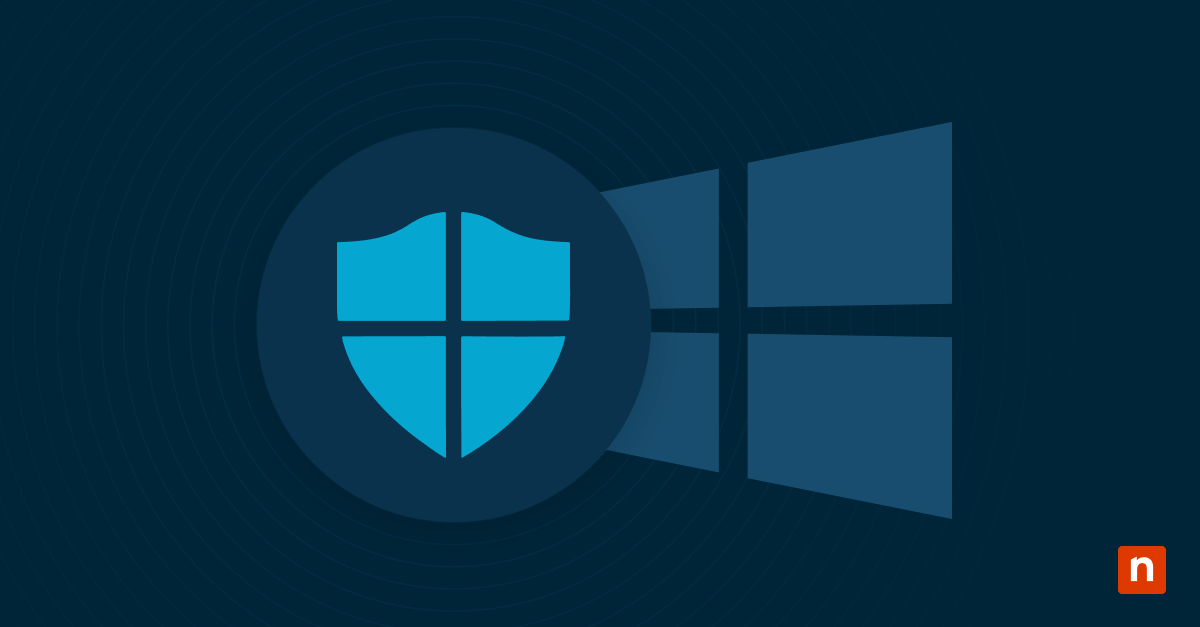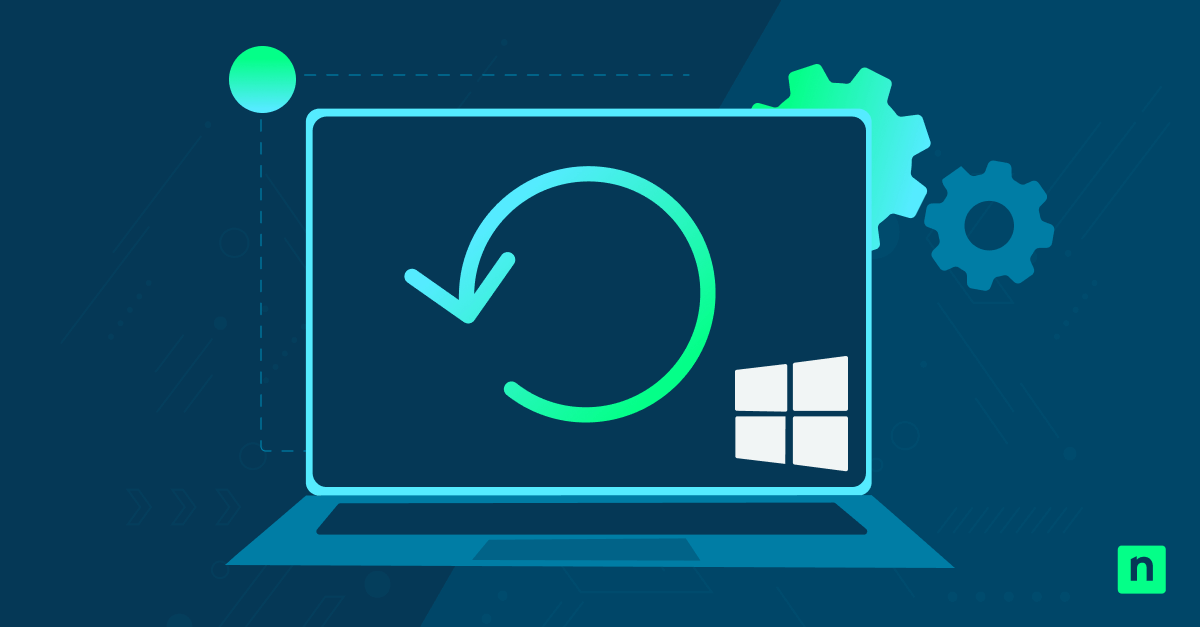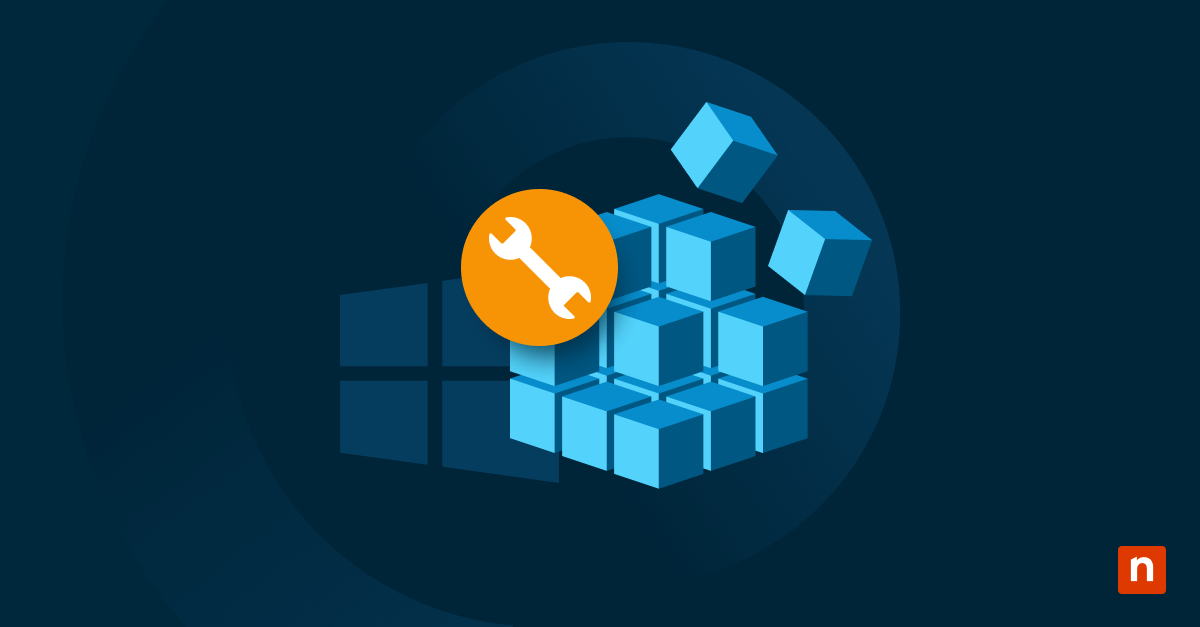Success in this modern age of digital services and operations is found when businesses are able to prioritize effective digital processes. Because of this, IT teams are constantly looking for ways to improve their IT operations by making them efficient, reliable, and scalable. One way this is accomplished is through site reliability engineering (SRE).
LinkedIn listed SRE as the 21st fastest-growing job in the U.S. in January 2022. What is SRE, and why is it in such high demand?
What is site reliability engineering?
Site reliability engineering (SRE) refers to building and implementing software to improve systems and applications. SRE teams are focused on making sure software is reliable for end users. It is a relatively new term that was coined by Benjamin Treynor Sloss at Google in 2003.
What is the difference between DevOps vs. site reliability engineering?
DevOps and SRE have similar goals, but each has a different way of achieving their goal.
DevOps
DevOps is the combination of developer and operations teams. Developers work to code new applications and features quickly, while operations focus on the functioning of an application and making sure it is stable.
SRE
DevOps was missing a reliability component, which is how SRE came to be. SRE is all about improving the reliability of systems and making sure they’re always accessible. This is largely accomplished through the automation of tasks to reduce any manual work that was previously required for tasks in an IT environment.
What does a site reliability engineer do?
An SRE is responsible for making sure that the IT infrastructure is sound so that all other operations work smoothly. They are also in charge of the automation and optimization of workflows within an IT environment.
IBM mentions three beneficial tasks that SREs perform to make systems reliable: monitoring, logging, and automating.
Monitoring
SREs continually monitor an organization’s environment so they have good visibility and awareness. This enables excellent observability for system performance so that an IT team can see how everything works together and come up with ways to improve the system. It allows them to see when issues or failures are about to happen in real-time, which means they can proactively fix issues and have faster remediation times.
Logging
Logging involves creating a record or archive of what happens in a system. There may be unanticipated failures, in which case the SRE team would want to look back at the log to determine what happened. This is ideal for performing a root cause analysis (RCA) so the problem can be solved for both the present time and in the future.
Automating
Automation is a key component of SRE responsibilities. SRE teams are made up of software engineers, so they’re continually writing new software to get more data and build automation. SREs look for ways in which problems can be automated so they don’t have to constantly resolve the same issues. They also look to automate common operational processes.
What are the benefits of having a site reliability engineering team?
The contributions of an SRE team help your business to have better operations. SREs are very analytical in their approach and focus on programmatically solving issues with a development mindset.
A few major benefits of having an SRE team are:
- Increased reliability of applications
- Higher software availability
- Automated business operations
- Faster repair times
- Reduced organizational risk and costs
Does your business need site reliability engineering?
The larger your business, the more you’ll most likely benefit from having SRE teams. SRE is needed in very complex enterprise environments to help companies balance the drive to create and release new features while also ensuring their reliability. SRE is also invaluable for big organizations that want to build their own custom development to meet their needs.
SMB and mid-market companies don’t necessarily need to hire an entire SRE team. If you’re looking to automate IT operations and support tasks, you can use a tool like Ninja which will make it easy to automate some of those common, repetitive tasks in your IT environment.
Automate IT operations with NinjaOne
NinjaOne is a unified IT management platform filled with opportunities for automation in your IT environment. Automate your most time-consuming tasks associated with OS management, backup management, remote control, and more. You can also use Ninja’s scripting engine to create custom scripts that give you the freedom and flexibility to automate tasks specifically for your organization. Sign up for a free trial today.








